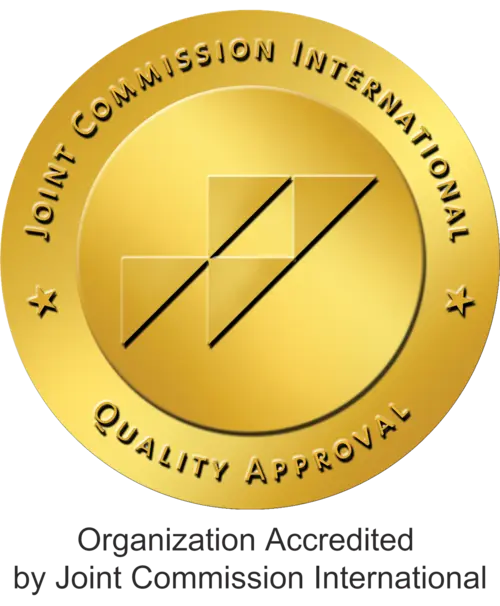Attention Deficit Hyperactvity Disorder
What is Attention Deficit Hyperactivity Disorder (ADHD)?
Attention Deficit Hyperactivity Disorder (ADHD) is a disease that can lead to extremely important academic, social, and psychiatric problems, and its negative effects can last a lifetime.
What is the frequency of Attention Deficit Hyperactivity Disorder in the community?
Its incidence in the community is very high, such as 5-7%, it is a disease that starts in childhood as 60-70% and continues in adulthood.
What are the causes of Attention Deficit Hyperactivity Disorder?
ADHD is not caused by parents 'or teachers' attitude errors.
ADHD is a genetic, neurobiological disease.
Follow-up studies revealed that;
• School dropout rate of those with ADHD compared to those without ADHD (32-40%),
• University completion rate (5-10%),
• Little or no friends (50-70%),
• Low-performance rate in business life (70-80%),
• The ratio of dealing with antisocial activities (40-50%),
• Smoking and substance abuse rates are much higher,
• In addition, the rate of children growing up with ADHD to get pregnant in adolescence and to have sexually transmitted diseases,
• Depression rate in adulthood (20-30%),
• The rate of showing personality disorder (18-25 percent),
• Misleading and endangering their lives in various ways is much higher.
Despite all these serious consequences, studies show that; Less than half of people with ADHD are treated.
What are the symptoms of Attention Deficit Hyperactivity Disorder, according to DSM 5?
* DSM – 5 (Diagnostic and Statistical Manual of Mental Disorders): A Diagnostic and Statistical Handbook of Mental Disorders published by the American Psychiatric Association that sets criteria for diagnosing mental illness.
Attention deficient person:
• Does not pay attention to details, makes mistakes constantly,
• It has trouble maintaining attention,
• Appears not listening,
• Has difficulty following the commands given,
• Having organizational problems,
• Avoids works that require intensive thinking or do not like doing these works,
• He loses his belongings,
• Distracted easily,
• He forgets his daily work.
How are the behaviors of people with hyperactivity-impulsivity problems?
• Cannot stand where it stands; hands and feet wiggling,
• Having trouble sitting in the same place for a long time,
• Runs or climbs as a child, cannot stay in place when adult,
• It has difficulty in quietly busy with something,
• Moving as if the engine is mounted or climbing on a flat wall,
• Speaks a lot,
• Paste the answer before the other person finishes the question,
• Having difficulties in waiting or doing tasks in order,
• Interrupts the words of others,
In order to be diagnosed with ADHD, the symptoms listed above must be 6 or more in children and at least 5 symptoms after the age of 17. In addition, the occasional appearance of symptoms is not sufficient for diagnosis. Symptoms must have manifested in many settings and in many situations.
Do symptoms of Attention Deficit
Hyperactivity Disorder change according to age?
Symptoms of ADHD may change in different periods of an individual's life (childhood, adolescence, adulthood). During this time, symptoms may change over the years and transitions may occur. Therefore, the way the ADHD manifests itself at that time and in that section may vary at different times of the same person's life. While hyperactivity-impulsivity is dominant in one period of his life, attention deficit may be more prominent in another period.
How is Attention Deficit Hyperactivity Disorder (ADHD) treated?
All photos of child psychiatry clinics in the world and Turkey genetic causes of ADHD, a neurobiological disease, and that they are in consensus that drug treatment is one of the most important options in the treatment of ADHD. Methods such as cognitive-behavioral therapy, neurofeedback, pay attention, and attention-enhancing training, which are applied concurrently with drug therapy, provide a rapid onset of action and better recovery rates.




